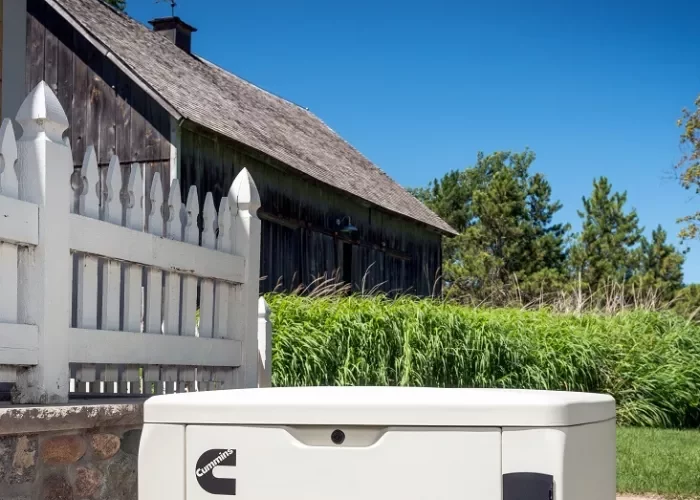Installing a home generator is a smart way to ensure uninterrupted power during outages. However, improper wiring can lead to electrical hazards, equipment damage, or even fires. This guide provides a detailed, professional approach to wiring a home generator safely and efficiently.
Understanding Generator Basics
Before wiring a generator, it’s essential to understand its components and electrical requirements.
Types of Generators
Portable Generators : Smaller, movable units that power essential appliances via extension cords.
Standby Generators : Permanently installed, automatic systems that power the entire house during outages.
Power Requirements
Voltage: Most home generators supply 120/240V.
Wattage: Calculate the total wattage needed for your home’s critical circuits.
Transfer Switch: Required to safely switch between utility and generator power.
Safety Precautions Before Wiring
Working with electricity is dangerous. Follow these safety measures:
- Turn off the main breaker before connecting the generator.
- Use proper grounding to prevent electric shocks.
- Follow local electrical codes and obtain necessary permits.
- Wear insulated gloves and use a voltage tester.
Step-by-Step Wiring Process
Choose the Right Transfer Switch
A transfer switch prevents backfeeding, which can endanger utility workers. Options include:
Manual Transfer Switch: Requires manual switching between power sources.
Automatic Transfer Switch (ATS): Detects outages and switches automatically.
Install the Transfer Switch
- Mount the switch near the main electrical panel.
- Turn off the main power supply.
- Connect the switch to the circuit breaker panel using approved wiring (e.g., 10-gauge for 30A circuits).
Connect the Generator to the Transfer Switch
- Place the generator on a stable, dry surface outside.
- Run a heavy-duty power cord (or hardwired conduit) from the generator to the transfer switch.
- Match the wires (hot, neutral, ground) to the corresponding terminals in the transfer switch.
Ground the Generator Properly
- Use a copper grounding rod (at least 4 feet deep).
- Connect the generator’s ground terminal to the rod with a thick copper wire.
Test the System
- Start the generator and let it warm up.
- Flip the transfer switch to “Generator” mode.
- Verify that power is correctly distributed to selected circuits.
Common Wiring Mistakes to Avoid
Skipping the Transfer Switch : Backfeeding power can be deadly.
Undersized Wiring : Causes overheating and fire risks.
Improper Grounding : Increases shock hazards.
Ignoring Local Codes : Non-compliance can void insurance claims.
When to Hire a Professional
If you’re unsure about electrical work, hire a licensed electrician for:
- Hardwiring standby generators.
- Upgrading electrical panels.
- Ensuring compliance with National Electrical Code (NEC).
Conclusion
Wiring a home generator requires careful planning, proper tools, and adherence to safety standards. By following this guide, you can ensure a reliable backup power system. Always prioritize safety and consult a professional if needed.
By providing clear instructions and emphasizing safety, this guide helps homeowners wire generators correctly while minimizing risks.

